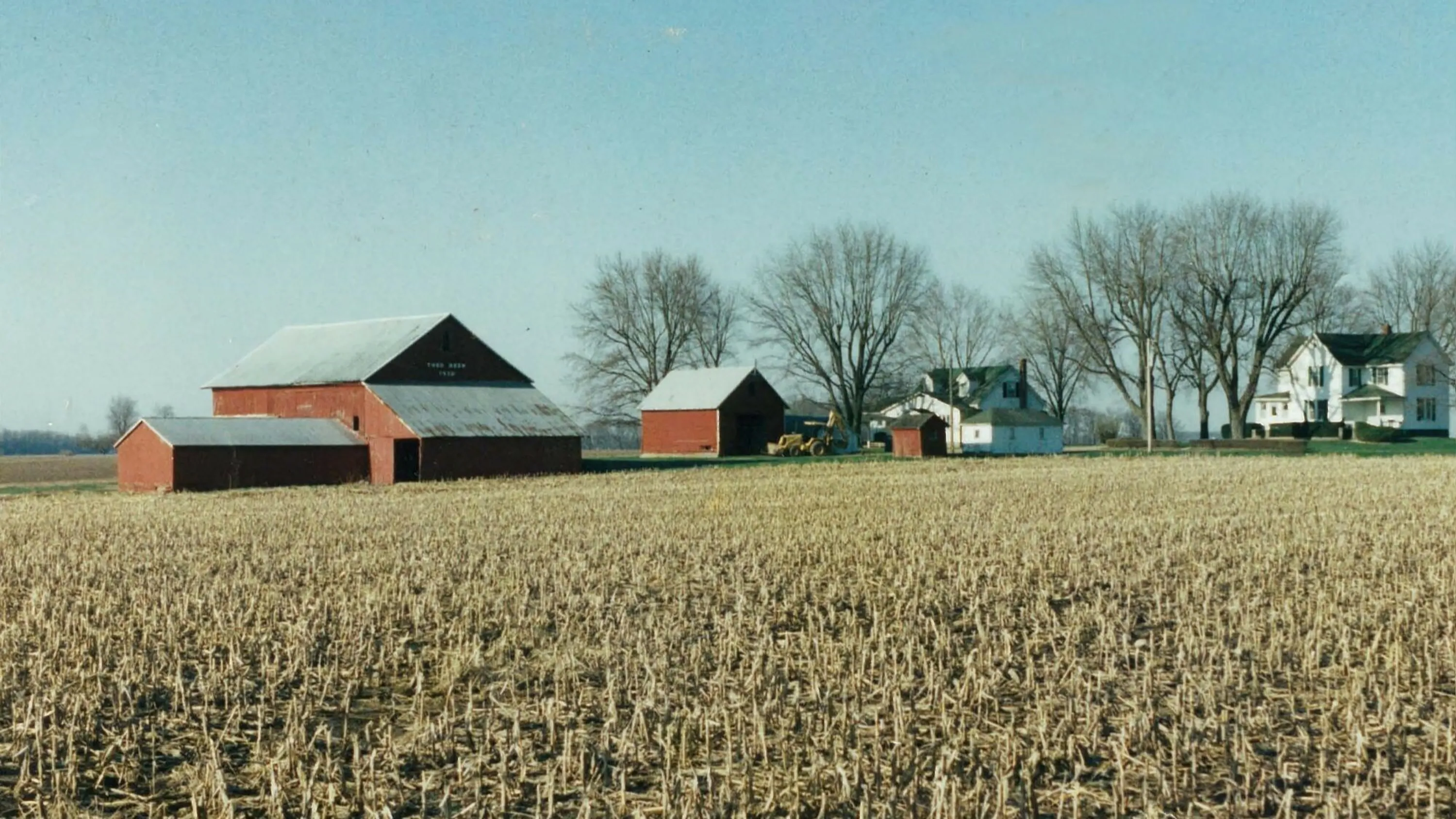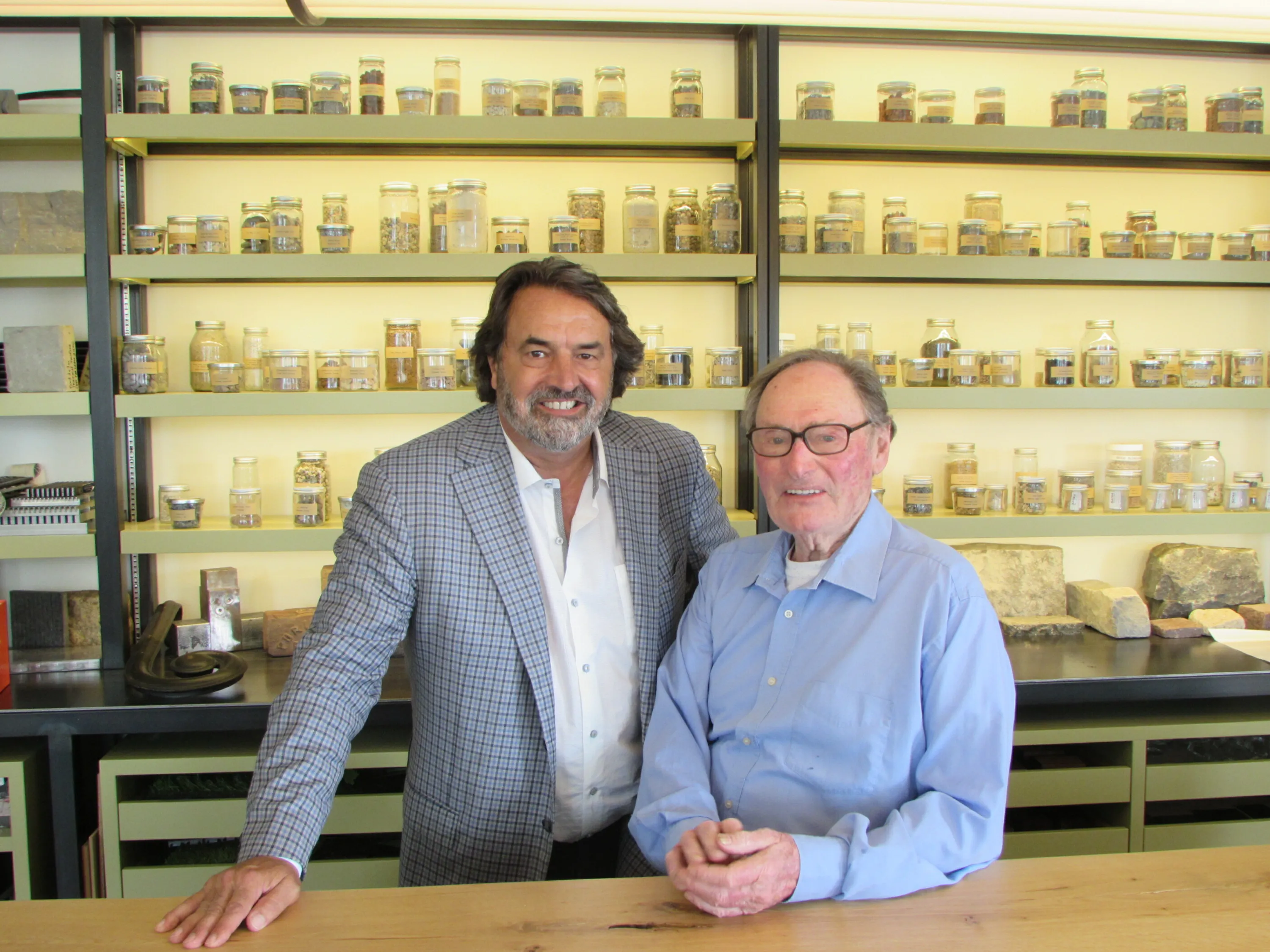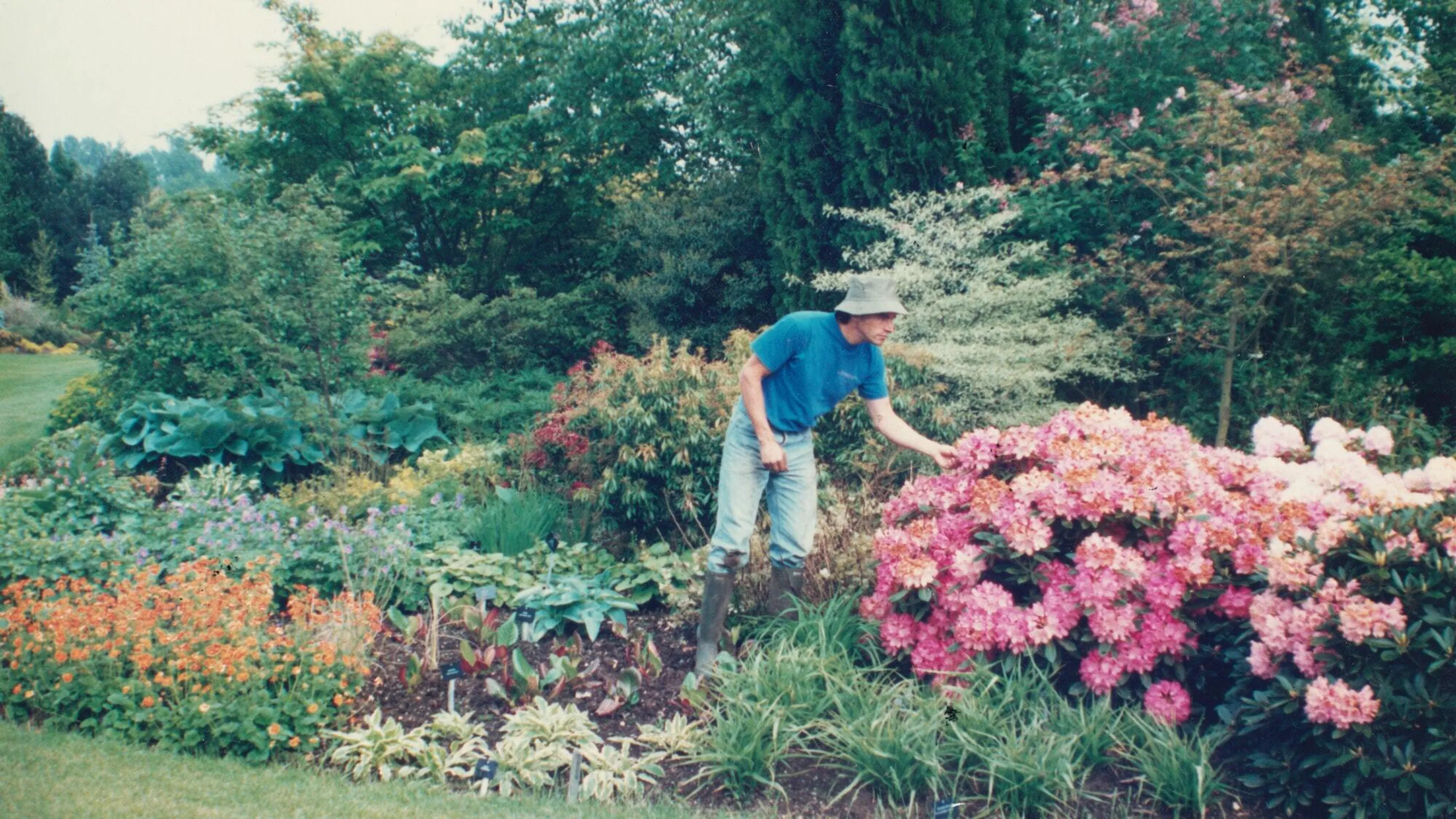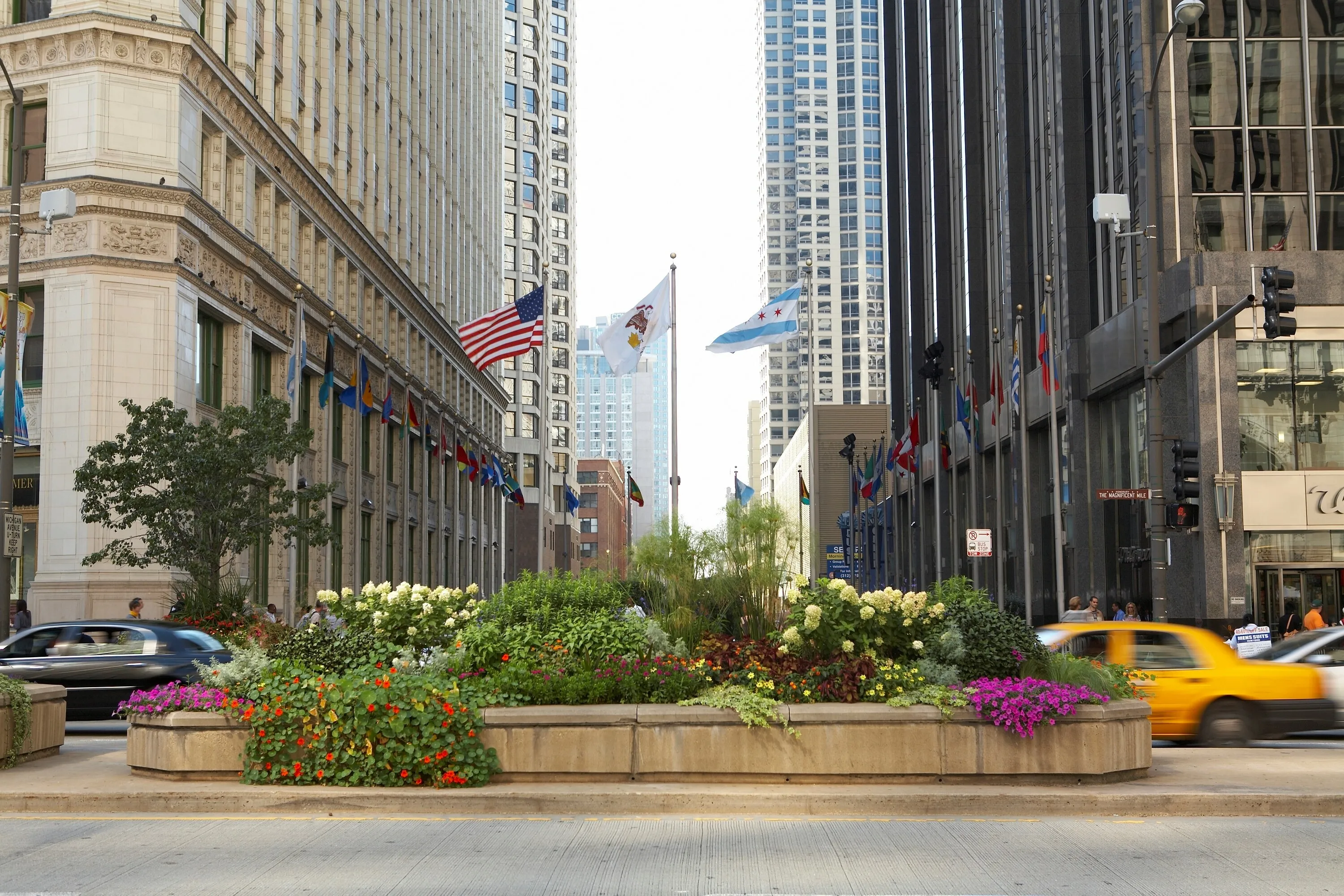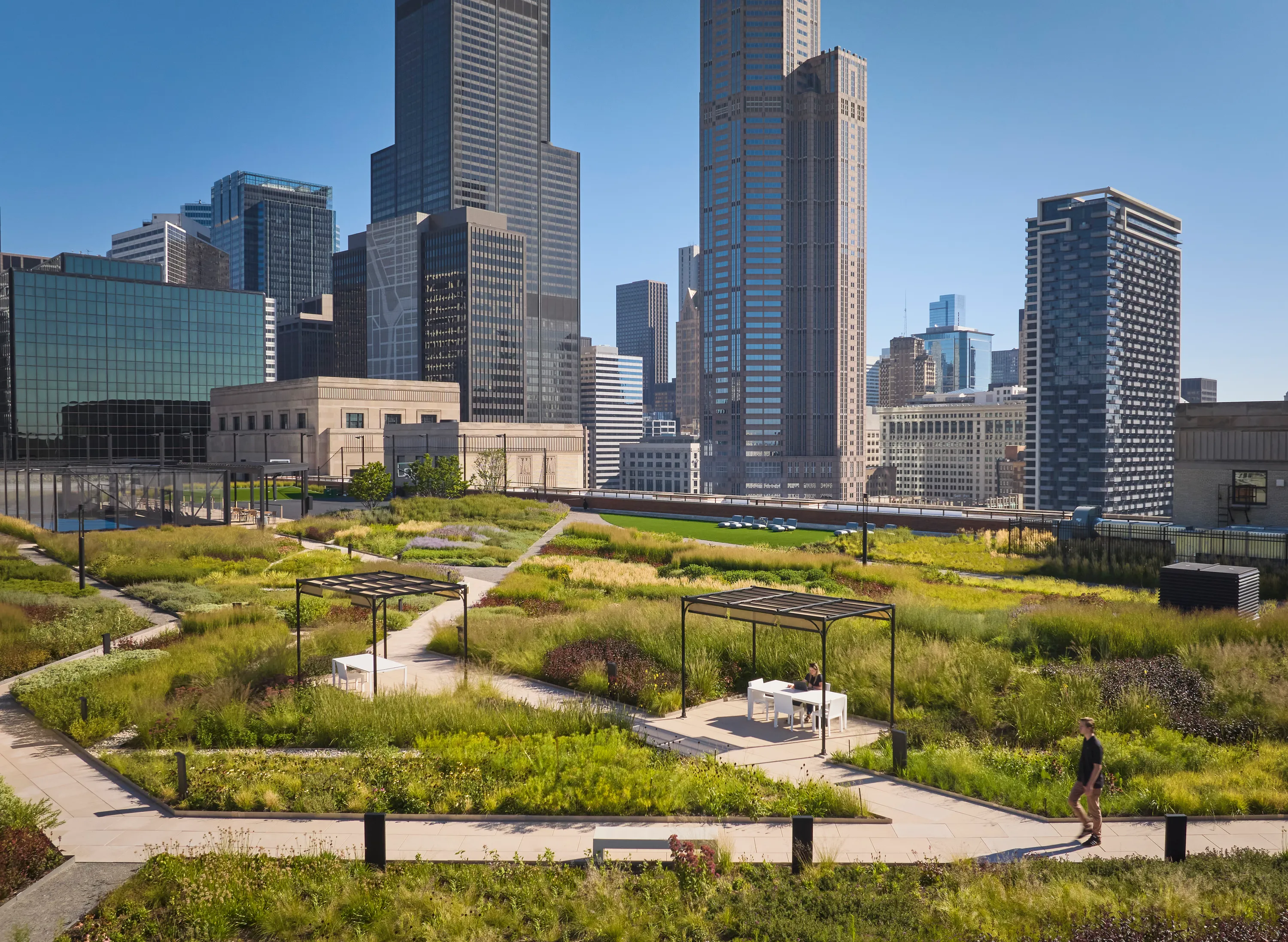The next turn in my career came after taking a garden design course at the Chicago Botanic Garden and getting connected with the influential English landscape architect, John Brookes. I learned a lot, but I knew there was much more to learn, and I told myself ‘If I’m going to stay a landscape architect for the rest of my life, I want to be the best landscape architect I can be!”
So, at 32 years old, I made the unorthodox decision to go to the UK for a two-year sabbatical where I had the incredible opportunity to work in the gardens of Britain’s greatest plantsmen, Beth Chatto, John Brookes, and Alan and Adrian Bloom, becoming the heir to centuries of accumulated English horticultural traditions. Those two years were spent completely absorbed in the art and craft of English gardens. I’d spend the days working hands on and learning about soil, plant layering, perennials, microclimates around a home. Evenings were spent talking about plants and gardens over dinner. On the weekends, I would tour gardens across the country. It was a once in a lifetime opportunity. When I returned home, I decided to start my own firm and made Evanston, Illinois my home base. I started giving lectures to garden clubs to share what I’d learned, continued my relationships with my past clients in Peoria, all while organically growing my portfolio around Chicago one client at a time.
